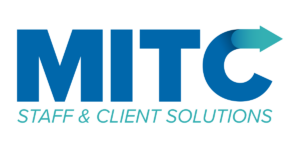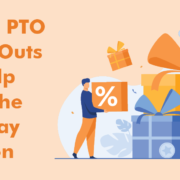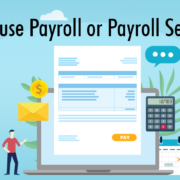Using PTO Cash Outs to Help with the Holiday Season
The labor shortage, particularly for agencies managing group homes, shows no sign of abating. These are new and old remedies providers are using to fill and cover visits.
- Allow staff to cash out their PTO and work extra shifts. This doesn’t cost anymore real money and helps provide extra hours of coverage. Many DSP’s welcome the extra money.
- Encourage all qualified staff to apply for extra hours through your scheduling system. This helps share the overtime around, and may even reduce overtime if part time workers request the hours.
- Communicate open shift opportunities to all staff automatically.
- Pay staff 150% or 200% uplift when they work a holiday. Replace guaranteed holidays with extra PTO that has to be requested like other PTO days. This helps fill difficult to fill shifts.
- Include overtime and holiday pay uplift in job postings. Amazon and Walmart don’t pay out much (if any) overtime, especially to new staff.
- Create a DSP transition training program to encourage people from other industries who have been displaced, or are still at home, to see how they could quickly become a DSP.
- Use pay differentials for difficult to fill shifts and visits. This avoids a long term commitment to base pay if and when extra funding is reduced or the labor market returns to normal.





 2018 MITC
2018 MITC